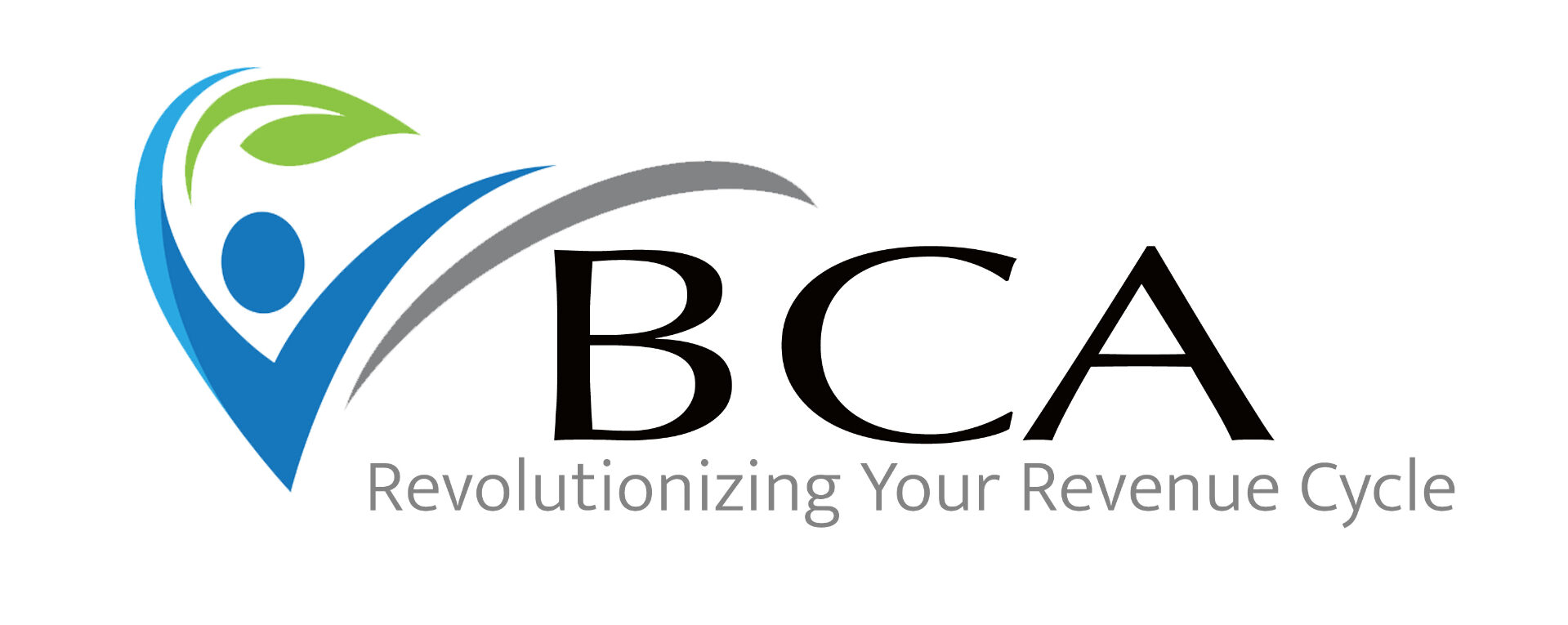Problem list clean-up is a necessary task, but who has time to devote to it? And even if you clean it up, a quick problem list import from an information-sharing program can have you right back in the mess you just cleaned up! We most often consider this a provider task, but have you given thought to a team approach and how others can contribute to success?
With the appropriate considerations, you can create a network of contributors to help get problem lists in relevant, useful shape. Let’s explore a few steps to building this team:
First, consider who might be able to lend a hand. Nursing staff offer insight to disease process and medication considerations that might contribute to complete capture of conditions that should be present on the problem list. Coders understand causal relationships and coding complexities that can assist with ensuring the best, most accurate diagnosis codes are represented. Clinicians are ultimately responsible for documentation and know what works for them in patient care, so of course their contribution is paramount.
Next, consider the strengths and limitations of team members. Nursing staff who are new to the organization and haven’t yet developed rapport with providers may not have the insight necessary to be the liaison between coders and clinicians. Coders who are freshly certified likely don’t have the mastery of coding guidelines necessary to contribute well to this project. And while some of your clinicians may embrace all the help they can get on problem list cleanup, others may be very resistant to the offer. You’ll need to be mindful of comfort levels and consider an opt-out option.
If you’re ready to give this a try, assemble your think tank of team members and explore the steps below. Create a few levels of authorization – some steps providers may be more than happy to relinquish to others, where others may require conversations, inquiries, or clinician approval in order to make modifications.
Let’s take step #1 for example. Most providers would be happy to have help removing acute, uncomplicated problems from the problem list. However, some conditions that have resolved may represent increased future risk, such as pneumonia or frequent UTIs. Can coders spot these conditions readily to replace them with a “Personal History” code? Or would they benefit from a list created by nurses or clinicians to identify those acute conditions that represent greater future risk?
For another example, consider the impact of #7. Presumable causal relationship coding can impact quite a few reimbursement methodologies, including appropriate risk adjustment value capture and UDS quality metric components. However, some of the code titles for presumed causal relationships may feel foreign to clinicians. A great example is hypertensive heart disease, reported in lieu of essential hypertension when a patient suffers from both hypertension and heart failure. Will clinicians read this title and know to address hypertension? What other foreseeable challenges might come from these titles?
At a minimum, I encourage you to start the conversation with your staff. If we as a team can help to reduce the burden on clinicians, we help to establish rapport between coders, nurses and clinicians and create a sense of ownership and contribution to the overall success of our organization.
Problem List Best Practices
- Start with patients who will be seen soon or who receive ongoing care (CCM, etc.)
- Remove all acute, uncomplicated problems
- Remove resolved problems that no longer exist
- If the presence of this problem in the past creates higher risk in the future, changed to a personal history code (hx pneumonia, hx colon polyps, etc.)
- Watch carefully for current cancer vs. eradicated cancer
- Remove duplicates – sometimes descriptions vary but the diagnosis code is the same. (e.g., diabetes without complication vs. diabetes without complication on LT med)
- If varying severities are represented, select the current/accurate severity and remove all others.
- Remove symptoms to now-diagnosed conditions (shoulder pain now known to be shoulder OA)
- Evaluate for presumable causal relationships (HTN and CKD, HTN and heart failure, DM and many)
If you’re thinking of trying this out, but need a little coaching – or simply want to outsource problem list support, please contact BCA today for a no-obligation consultation. Let’s find a solution that works for you!
